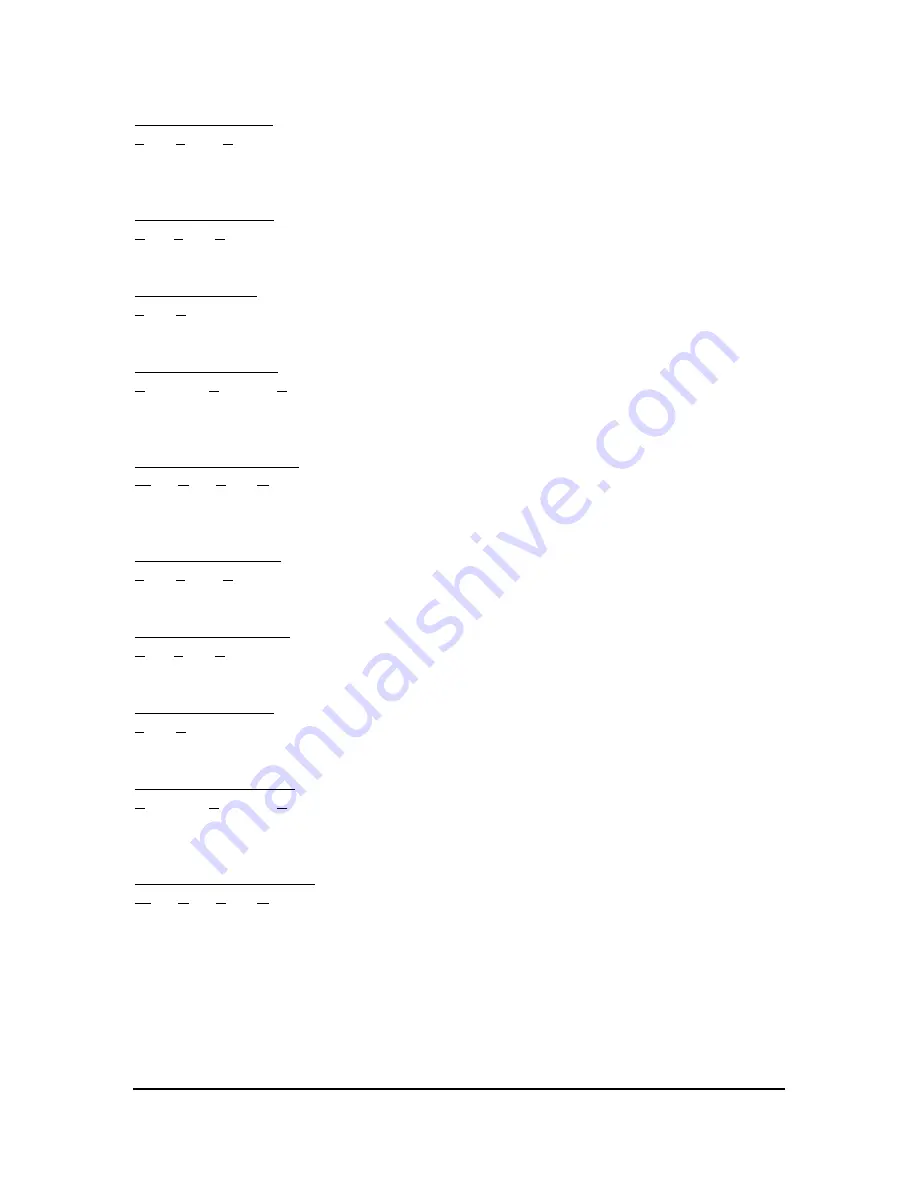
Sleep Report and Statistics Files
27
Column 4: SPT (hrs)
Sleep Period Time is the total recording time, reported in hours,
including
out of bed gaps, for
each day. Periods of time when the impedance check shows failed sensor(s) are not included in
this number.
Column 5: TST (hrs)
Total Sleep Time is the accumulation of all epochs determined to represent sleep. This statistic
includes
time spent out of bed.
Column 6: SE (%)
Sleep Efficiency is 100×(TST/SPT) and reported as a percentage. This statistic
includes
time
spent out of bed.
Column 7: LPS (min)
Latency to Persistent Sleep is the elapsed time, reported in minutes, until the beginning of the
period in which 10 of 12 minutes are scored as sleep (start of Sleep Maintenance). This statistic
includes
time spent out of bed.
Column 8: WASO (min)
Wake After Sleep Onset is the total awake time, reported in minutes, following LPS. Awake
must be 3 or more contiguous epochs in order to be counted. This statistic
includes
time spent
out of bed.
Column 9: SPT2 (hrs)
Sleep Period Time is the total recording time, reported in hours,
excluding
out of bed gaps, for
each day.
Column 10: TST2 (hrs)
Total Sleep Time is the accumulation of all epochs determined to represent sleep. This statistic
excludes
time spent out of bed.
Column 11: SE2 (%)
Sleep Efficiency is 100×(TST/SPT) and reported as a percentage. This statistic
excludes
time
spent out of bed.
Column 12: LPS2 (min)
Latency to Persistent Sleep is the elapsed time, reported in minutes, until the beginning of the
period in which 10 of 12 minutes are scored as sleep (start of Sleep Maintenance). This is also
known as Latency to Persistent Sleep. This statistic
excludes
time spent out of bed.
Column 13: WASO2 (min)
Wake After Sleep Onset is the total awake time, reported in minutes, following LPS. Awake
must be 3 or more contiguous epochs in order to be counted. This statistic
excludes
time spent
out of bed.


























